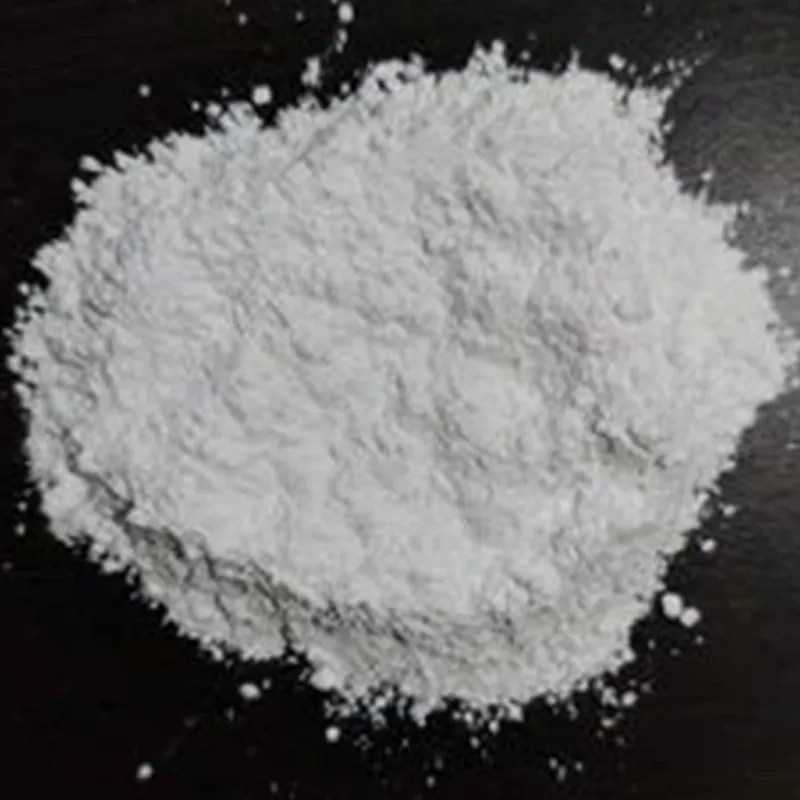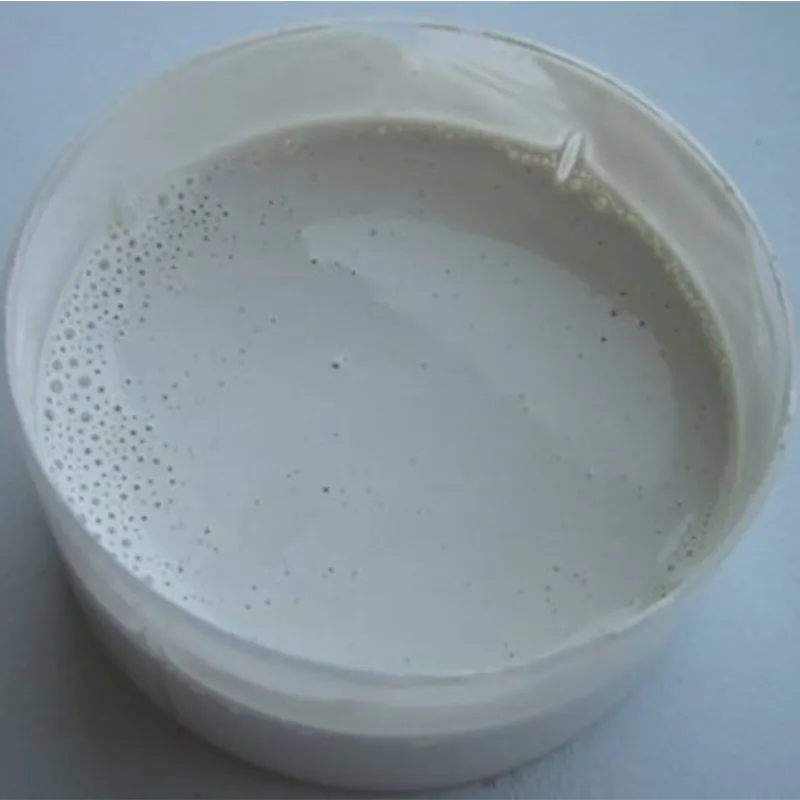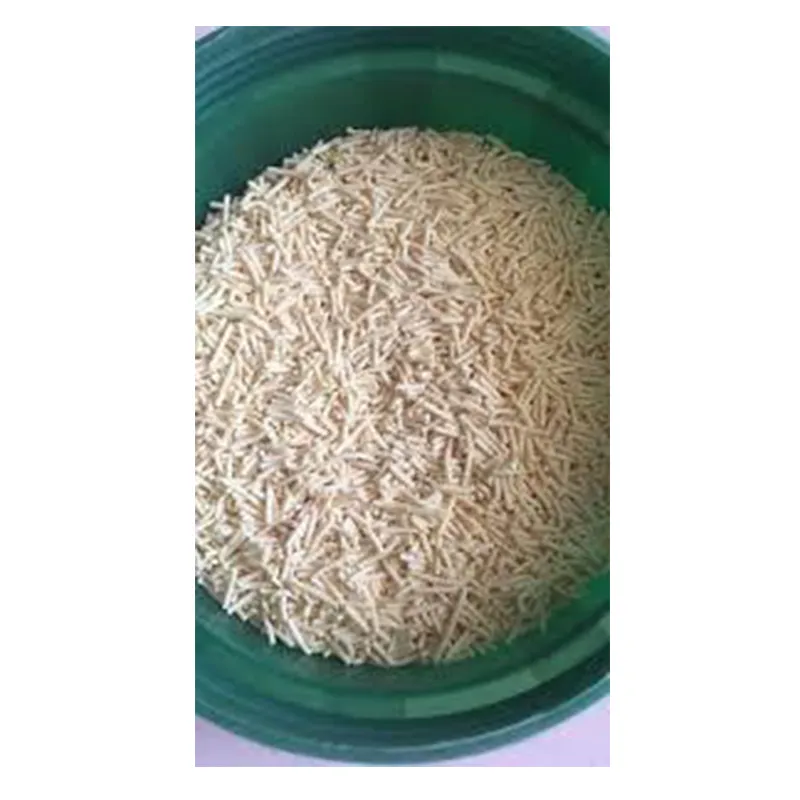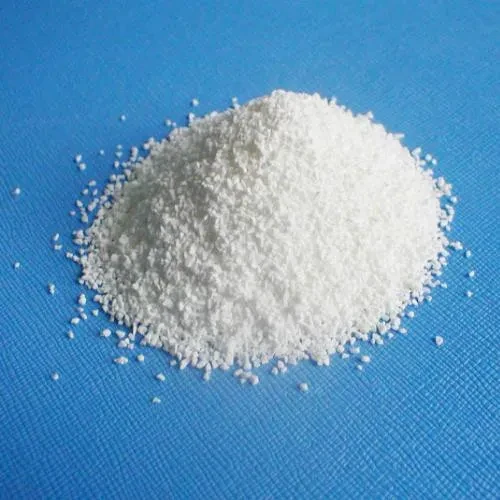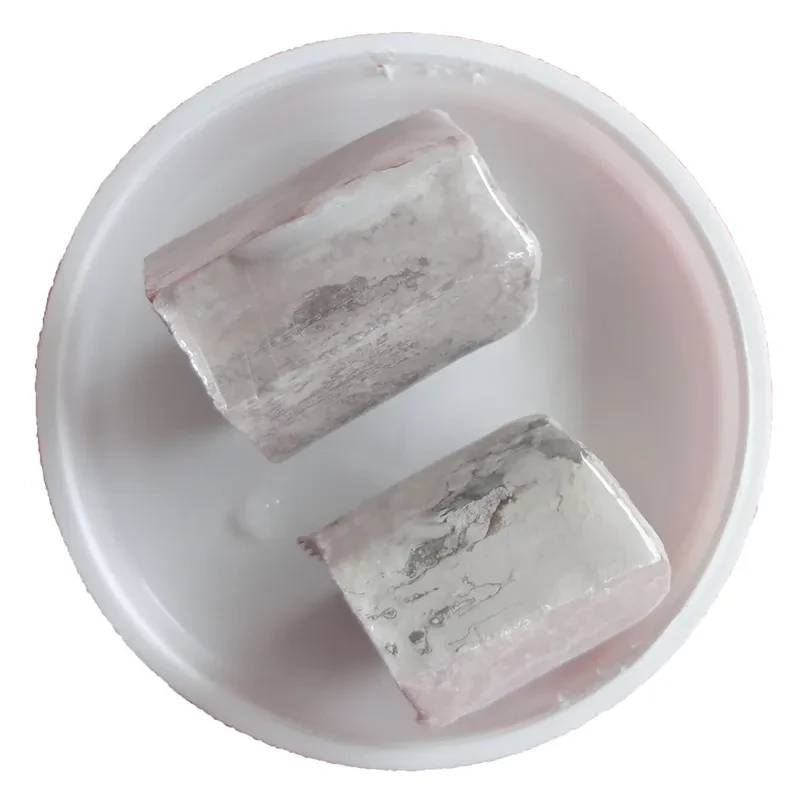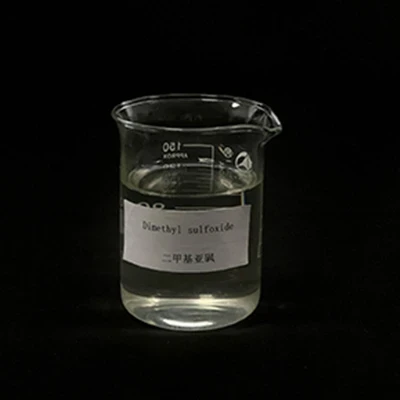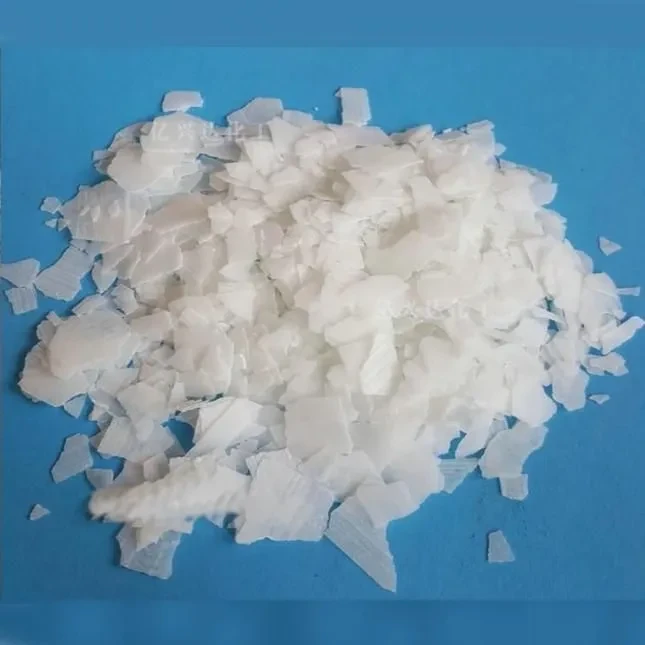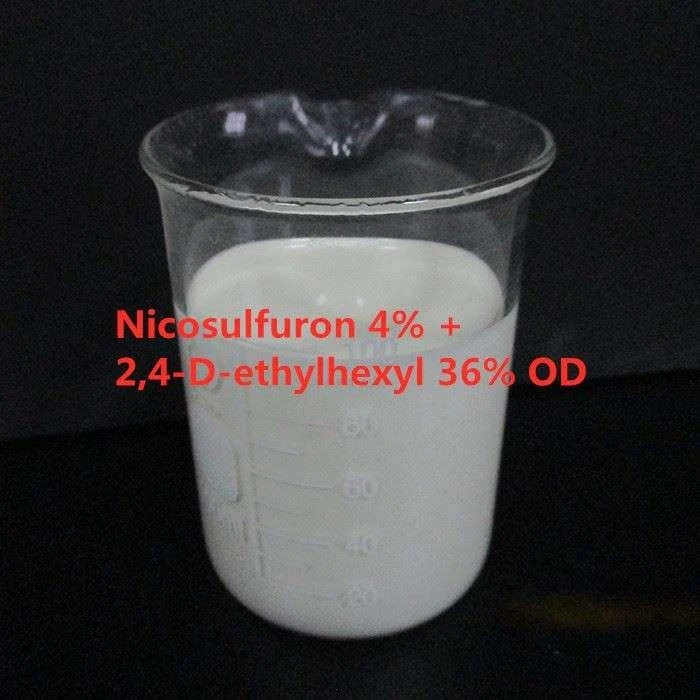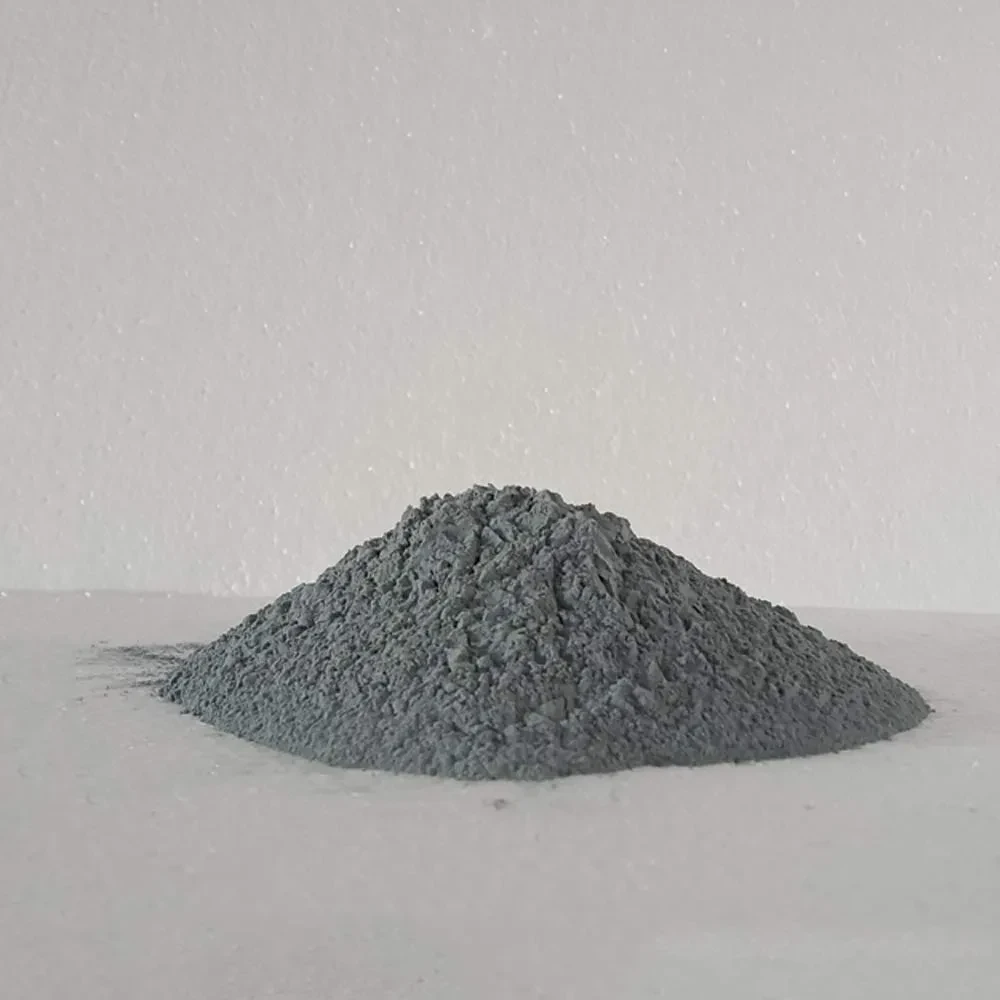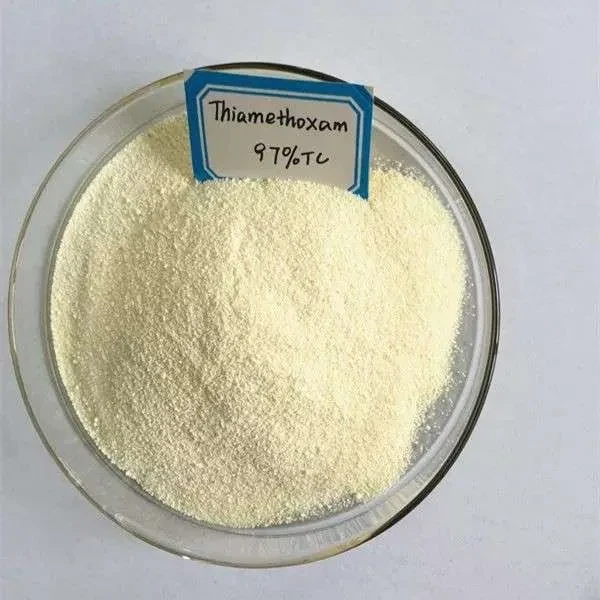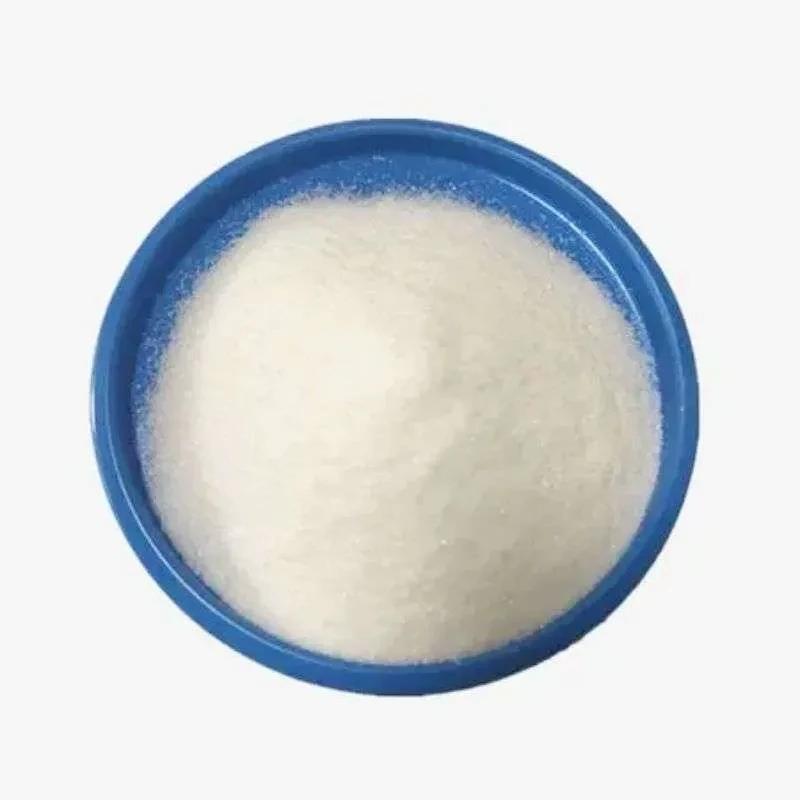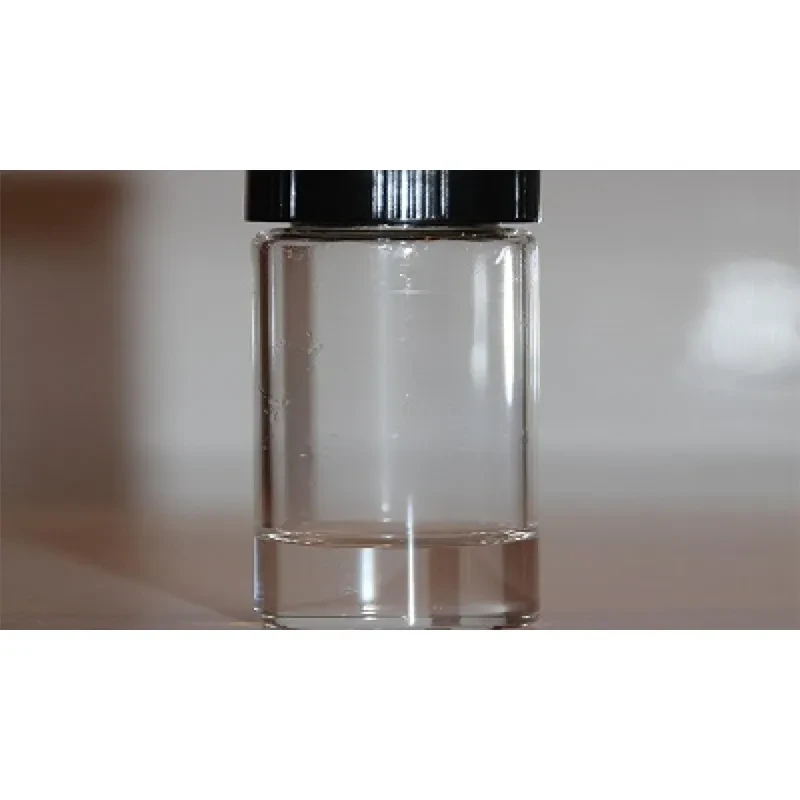CAS No.: 272451-65-7
Molecular Formula: C23H22F7IN2O4S
Molecular Weight: 682.39
|
Melting point |
218-221 °C |
|
Boiling point |
578.6±50.0 °C(Predicted) |
|
Density |
1.615±0.06 g/cm3(Predicted) |
|
storage temp. |
-20°C Freezer |
|
solubility |
DMSO (Slightly), Methanol (Slightly) |
|
pka |
11.59±0.70(Predicted) |
|
color |
White to Off-White |
|
Symbol(GHS) |
|
|
Signal word |
Warning |
|
Hazard statements |
H410 |
|
Precautionary statements |
P273-P391-P501 |
|
RIDADR |
UN 3077 9 / PGIII |
|
WGK Germany |
1 |
Flubendiamide is a novel insecticide that is grouped under the family of phthalic acid diamides. It is largely used against lepidopteron pests in various annual and perennial crops. Flubendiamide is a benzenedicarboxamide derivative that shows selective insecticidal activity against lepidopterous insects. The specific modulatory effects of flubendiamide on ryanodine binding in insect muscle microsomal membranes suggest that the ryanodine receptor (RyR) Ca(2+) release channel is a primary target of flubendiamide.
Flubendiamide is a new insecticide that has been found to give excellent control of lepidopterous pests of tomato. Flubendiamide is an organofluorine insecticide. It has a role as a ryanodine receptor modulator. It is functionally related to a phthalamide. Flubendiamide may be used as an analytical reference standard for the determination of the analyte in vegetables and fruits by high performance liquid chromatography coupled to ultraviolet detector (HPLC-UV) and HPLC combined with tandem mass spectrometry (MS/MS), respectively.
Flubendiamide is a new insecticide which specifically targets immature lepidoptera pests. It represents a new class of insecticide, pthalmic acid diamides. Fubendiamide is classified as the first member of the new group 28 (ryanodine receptor modulator) within the IRAC (Insecticide Resistance Action Committee) mode of action classification scheme. Additionally, flubendiamde shows an exellent biological and ecological profile. Consequently, flubendiamide will be an excellent tool for controlling lepidopteran insects as a part of insect resistance management and integrated pest management programs as suggested.



